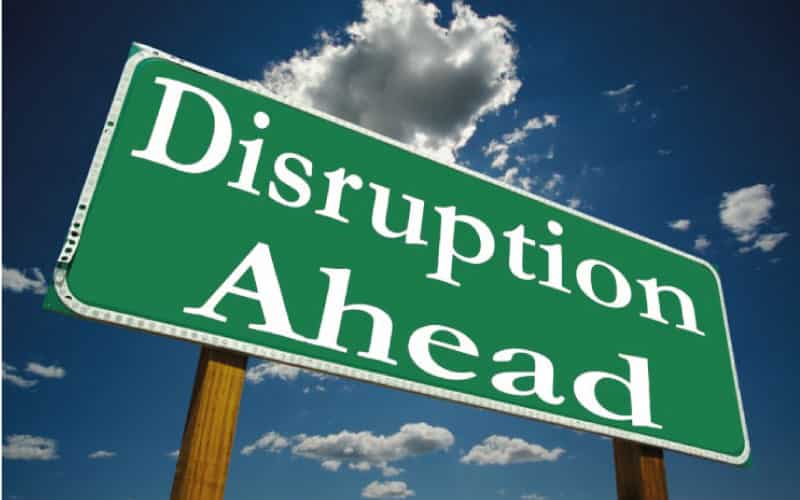By Mark Atterby. Everyone is talking about digital disruption. But how much are traditional companies doing about it? And what will be its full impact? We’ve seen the rise of Uber and Airbnb to disrupt the taxi and travel industries. Who’s next?
According to the Harvey Nash CIO survey 2016, Australian organisations are being affected by digital disruption far more than their global counterparts. The research reveals how 56 per cent of Australian chief information officers say their companies have been affected by digital disruption — 21 per cent higher than their global counterparts.
Digital disruption has gone past being a mere buzzword.
Meanwhile, many companies have watched hefty chunks of their market share bitten off by enterprising disruptors. Take the example of Uber’s impact on the Taxi industry or Airbnb on the travel and hotel industry. The rise of Netflix is eliminating Foxtel and video stores.
According to a recent story on the ABC, the next industry up for digital disruption is the Australian banking industry. The big banks are facing new online competitors. A new and potentially very disruptive banking competitor is OnDeck – an American based company aiming to beat traditional banks in evaluating and approving loans to small businesses.
OnDeck estimates there are more than two million small businesses in Australia which are not in the sights of the major banks which can sometimes take weeks to approve a loan.
Digital disruption works mainly because the Internet via mobile devices and social media can rapidly broadcast disruptive ideas to a very large audience. Digital disruption is made possible by:
- The ever-growing number of empowered customers ready to accept new products and services who can be reached anytime anywhere through digital channels
- The availability of free (or nearly free) digital tools and services that allow disruptors rapidly to come up with comparisons of products and services, and pick out the closest alternatives to those currently offered
- The rise in digital platforms of such websites as Google and Amazon that can be exploited extensively to reach potential converts to alternative products or services
- The presence of partners willing to produce goods and services, and to deliver these benefits quickly at a low cost, in consideration of the disruptors’ help in marketing them
- Full embrace by the disruptor of the bold new idea that the customer ultimately determines and dictates a marketer’s strategy
No patentable technology is required for these, just digital tools to provide more value to more people in more contexts than the competition.

